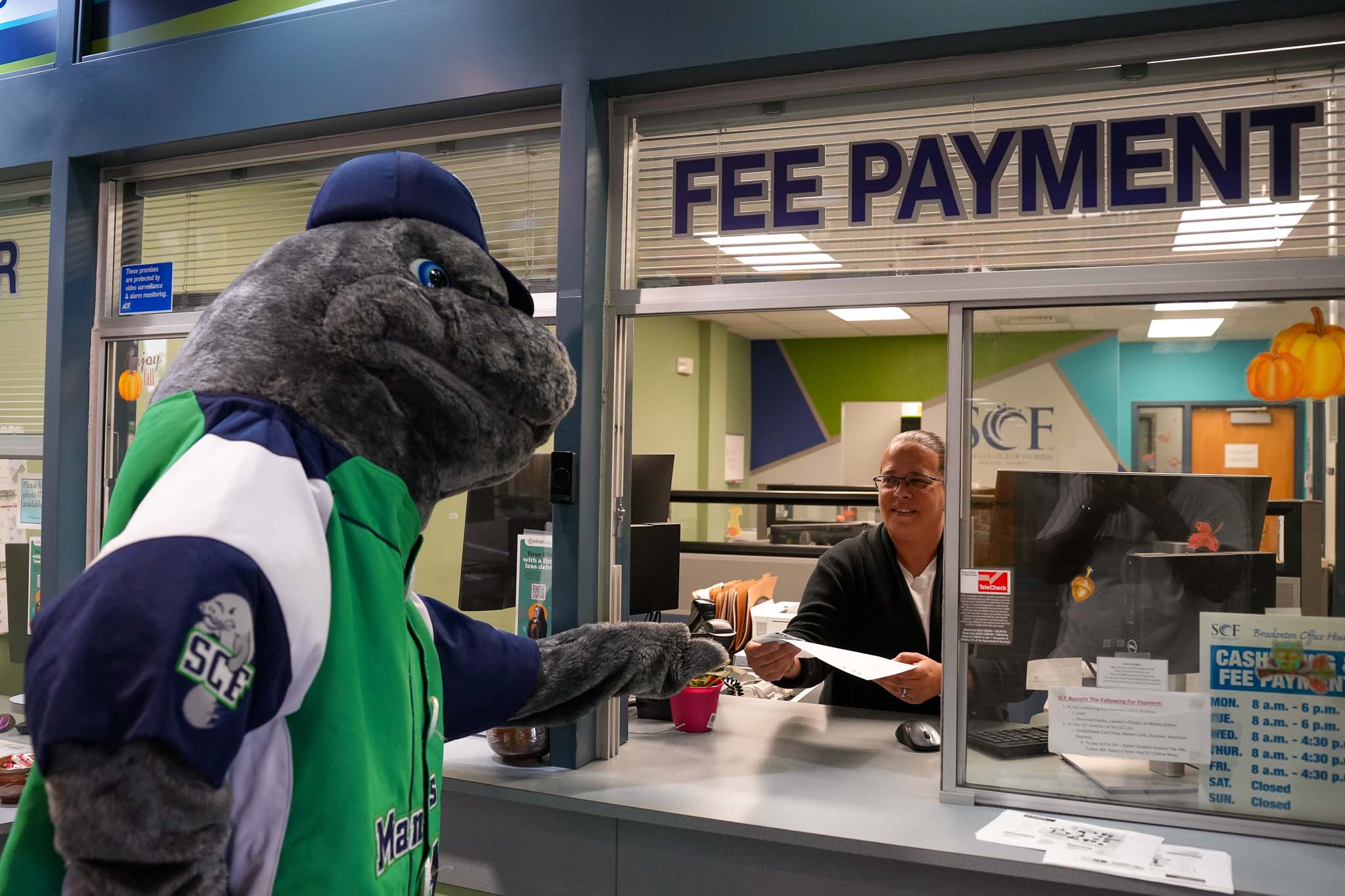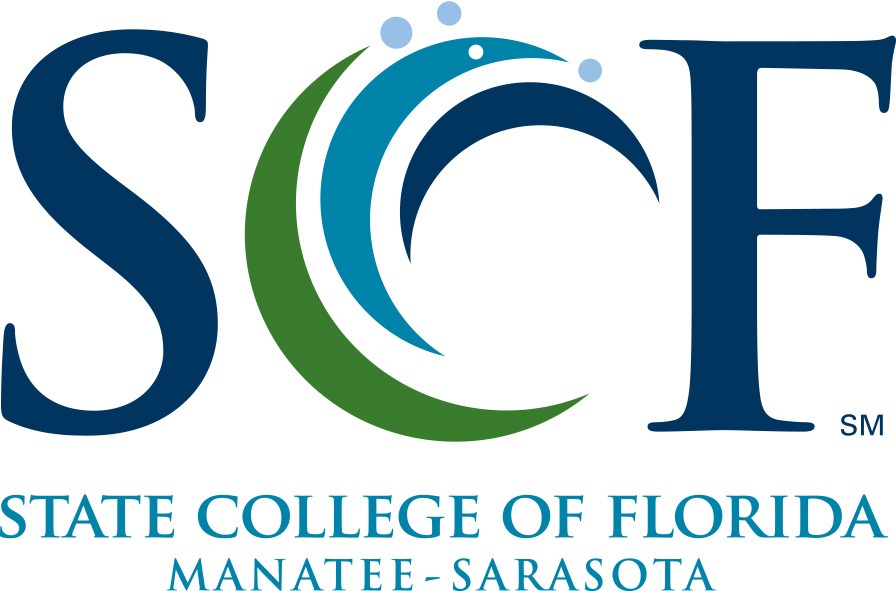Paying for College

College is an investment in YOUR future. The FREE resources on this page are to assist students in making better-informed financial decisions before, during, and after college. These tools will help increase your knowledge of college costs and affordability, financial aid options, budgeting and saving, and managing and minimizing loan indebtedness. The goal of financial literacy is to become an invaluable set of skills that helps you navigate school and life.
In order to effectively manage your financial aid, you need to be informed about all the resources and numerous options that are available to you. We’ve collected a few tools and tips to help make financing your education even more manageable. We want all SCF students and families to feel financially prepared for college.
Learn more about Managing Your Money
GradReady is a personal financial literacy tool created specifically for busy students who want to learn more about managing their finances. GradReady provides excellent topics with expert guidance and real-world money skills that will help you to make better-informed financial decisions in your college years and beyond. Students can learn at their own pace, 24/7, in a flexible, user-friendly online environment.

- Paying for College
- how to help fund your college education through completion of the FAFSA and intro to federal loans
- master student loan repayment options
- creating and maintaining a monthly budget with money saving strategies
- information on off-campus living and making ends meet
- Money Management
- understanding different banking services
- credit fundamentals – building credit & understanding credit scores
- calculate your debt and gauge your future income
- avoiding identity theft and protecting yourself
- Real-World Finance
- manage and organize your student loans
- future finances – learn how to make good decisions about your future income
- maximize your paycheck, benefits, and investments
- post-college purchases like home buying and mortgage basics
Develop a Budget
It is important for every student to learn how to make a budget during your college career. Keep in mind that working with a budget involves both short and long term planning. Short term expenses are items such as your books for classes, rent, groceries, and other daily activities. Long term expenses involves planning, for example: your student loans, purchase of a car or a home, and anything that includes your future. Learning to use a budget now will make your future much easier to navigate.
Additional Resources
- Financial Awareness Counseling Tool
- The U.S. Department of Education’s Financial Awareness Counseling provides tools and information to help you understand financial aid and assist with managing your finances. This is a good resource for anyone who is currently paying for or planning to pay for higher education. You will need your FSA ID, the same one you used with the FAFSA, to access the site.
- Repayment Estimator
- Before you contact your federal student loan servicer to discuss repayment plans, you can use the U.S. Department of Education’s Repayment Estimator to get an early look at which plans you may be eligible for and see estimates for how much you could possibly pay.
- My Money
- Mymoney.gov – This website is a product of the Congressionally chartered Federal Financial Literacy and Education Commission, which is made up of more than 20 Federal entities that are coordinating and collaborating to strengthen financial capability and increase access to financial services for all Americans. The Commission was established by the Financial Literacy and Education Improvement Act, Title V of the Fair and Accurate Credit Transactions Act of 2003 (P.L. 108-159).
- Financial Well-being – Where do you stand?
- Consumer Financial Protection Bureau provides tools that you can use to see where you stand financially. The ultimate goal of our work is to help you improve your financial well-being. Financial well-being means how much your financial situation and money choices provide you with security and freedom of choice. We developed a questionnaire and a scoring method as a tool that can help you take stock of your financial well-being.
Payment Options
Tuition and fee payments may be made online, in person, or by mail. All fees are due and payable on the assigned date.
Pay Online
- Pay SCF in Full
- Set Up Payment Plan– with Nelnet.
Nelnet Payment Plan Only Allows One Active Guarantee Agreement Across All Terms. Nelnet has changed the rules to limit students to one active payment plan agreement at a time. Agreements from a prior term must be paid in full before a new agreement is created for the current term.
Pay In Person
- Pay by Cash or Check at SCF Cashiering Office Window located in SCF Bradenton (Bldg. 1).
Note: Effective January 1, 2022, all credit card payments for tuition and mandatory fees must be processed online via My.SCF.edu. For your convenience you may log into your Banner account on your personal device at My.SCF.edu or use one of the conveniently placed computer stations.
Computer Stations Locations:- SCF Bradenton Building 1
- SCF Venice Building 100
- SCF Lakewood Ranch CIT Building Lobby
By Mail:
Please provide your Student G00#. Payment must be received (not postmarked) by your tuition and fee deadline. By submitting a check for payment, you are authorizing SCF to convert the check to an electronic payment.
- Mail to:
State College of Florida, Manatee – Sarasota
Cashier Office
PO Box 1849
Bradenton, FL 34206
More Options
- Florida Prepaid/ Take Stock In Children: Log in to your MySCF account to verify the awarded amount.
- Third Party Voucher: Obtain a voucher from your employer or sponsor and present it to the Financial Aid Office prior to your payment due date. NOTE: This option is applicable only when the College is authorized to directly bill the employer or sponsor.
FAQs | Frequently Asked Questions
The first step in the application process is to complete the Free Application for Federal Student Aid (FAFSA). Please contact the financial aid office with any questions.
Yes! Even if you do not believe you are eligible to receive the Pell grant, you should still complete the FAFSA. There are other types of financial aid you may be eligible for. Most scholarships require the FAFSA regardless of Pell grant eligibility. In addition, if you wish to apply for a Direct Stafford loan, a completed FAFSA is necessary.
The Federal School Code for State College of Florida is: 001504. In order for the College to receive your FAFSA information from the federal student aid processor, you must enter this school code on the FAFSA.
New to FSA? Create an FSA ID account below. An FSA ID gives you access to Federal Student Aid’s online systems and can serve as your legal signature. Only create an FSA ID using your own personal information and for your own exclusive use. You are not authorized to create an FSA ID on behalf of someone else, including a family member. You are not allowed to have an employee or agent of a commercial entity, or other third party, create an FSA ID for you for any purposes including but not limited to: payment reductions, debt consolidation or applying for aid. Misrepresentation of your identity to the federal government could result in criminal or civil penalties. Need help creating an FSA ID? Important: When you are done click the CANCEL button to clear your data, even if you did not finish creating your FSA ID. Just closing your browser window or going to another website may not be enough to prevent other people using this computer from seeing your information until the session expires.
Verification is a process in which information on your FAFSA must be verified. Students maybe selected by the U.S. Department of Education or the Institution.
No. Eligible part-time students may receive Pell Grant.
Federal student aid programs such as the Pell Grant and the subsidized portion of Direct Stafford loans, as well as some scholarships, require that a student demonstrate “financial need” in order to qualify. To determine financial need, the following formula is used:
Cost of Attendance (COA) – Expected Family Contribution (EFC) – Resources = Financial Need
Subsidized Direct Stafford loans are need-based, and the government pays the interest on these loans while you are in school, no interest accrues while the borrower is enrolled an at least half-time.
Unsubsidized Direct Stafford loans are not need-based, and you are responsible for all of the interest that accrues on the loan, including while you are in school.
To receive Federal Aid, you must be eligible. You must be a U.S. citizen or eligible noncitizen, have a valid social security number, have a high school diploma or general education development (GED) certificate, or completed home schooling, be enrolled as a degree seeking student or eligible certificate, registered with the selective service if you are a male, and maintain satisfactory academic progress. Other conditions may also affect eligibility.



